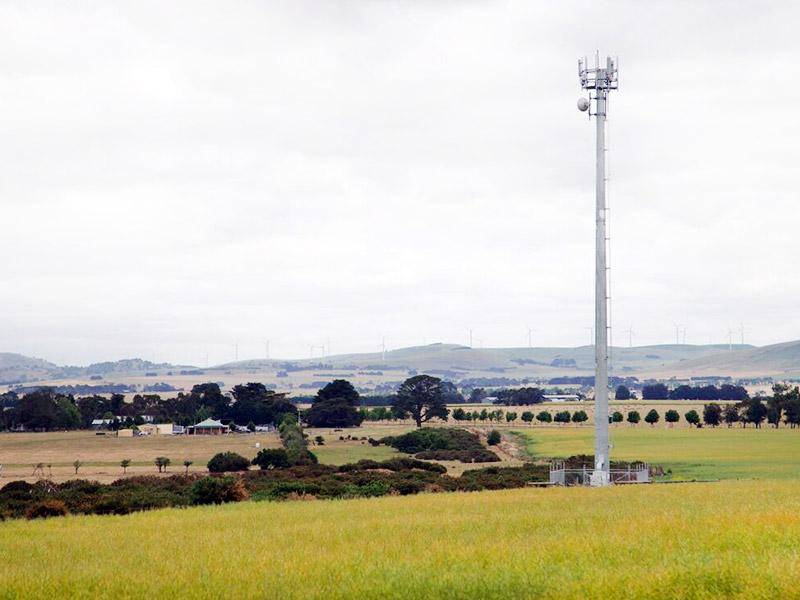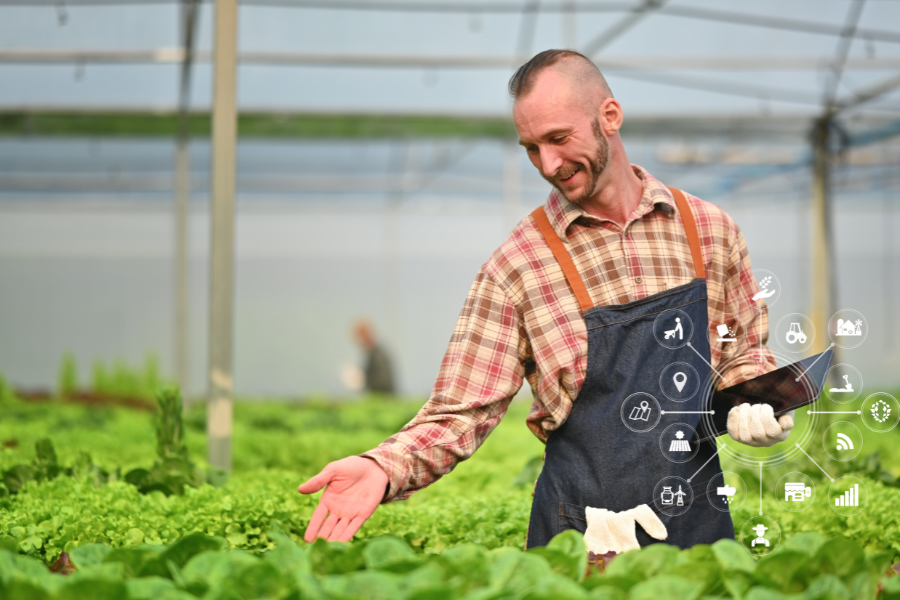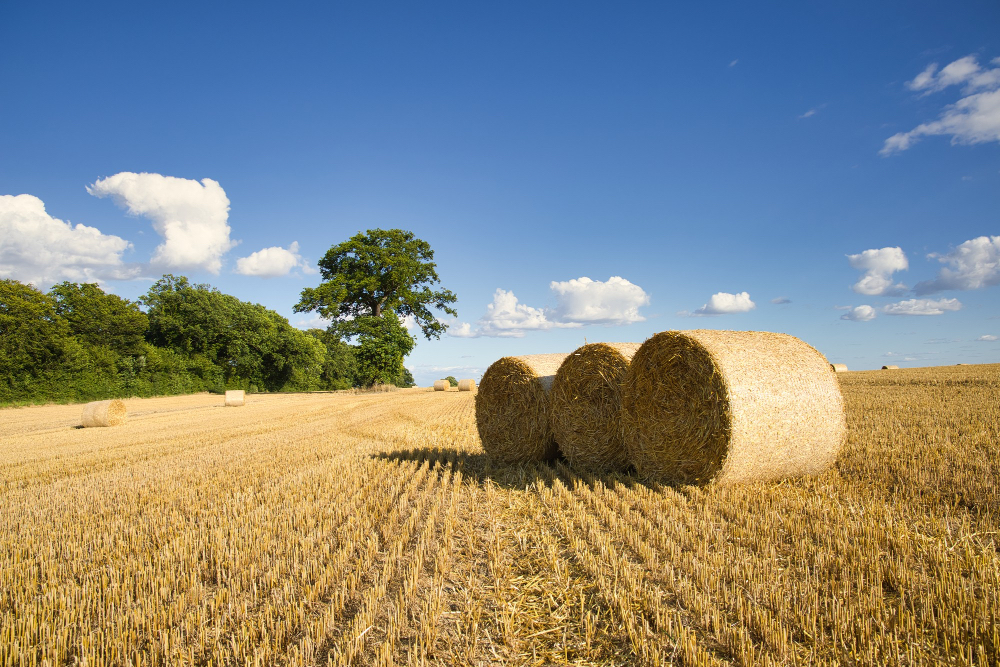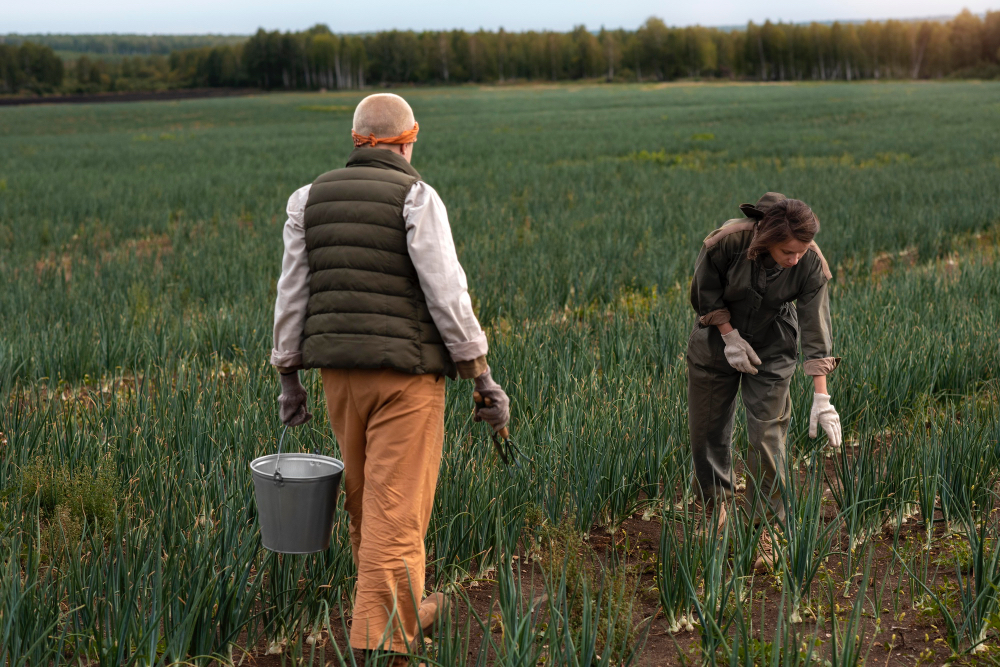The landscape of farming is buzzing with innovation, brimming with technologies that promise to revolutionise the way you produce your farm products. But let’s tackle a tough truth: the biggest hurdle isn’t the tech itself—it’s ensuring that your farmhands and other team members are on board with these modern tools. Technology adoption is at the heart of this transformation. Their hesitation to embrace technology can stem from many places, yet it’s nothing that can’t be navigated with a thoughtful approach.
Facing the Challenges Head-On
To get to the heart of the matter, it’s important to recognise the roadblocks. That old saying, “we’ve always done it this way,” can be a tough mindset to shift. Add to that a gap in tech know-how, and your farmhands might feel more overwhelmed than empowered.
Sometimes, the issue isn’t a lack of smarts—it’s a lack of clear, understandable training. If farmhands are sceptical about what tech can do for them, it’s often because they haven’t been shown how these tools can help them in straightforward and jargon-free language.
The Key to Technology Adoption
Successful technology adoption lies in effective training and clear communication. Many farmhands struggle with complex technical jargon, leaving them confused and disconnected. Simply distributing downloaded training materials often falls short—they don’t resonate and are most of the time ineffective. Here’s how to overcome these barriers:
- Create Personalised Resources: Record brief videos using tools like Loom or Vimeo, where you explain what the tool is for, how to use it, and when to use it. This way, you only do the demo once, and it serves as a training material that farmhands can replay as needed. After they watch the videos, meet with them to answer questions and verify their understanding.
- Peer Learning and Support: Create small groups where they can support and mentor each other. Share their success stories and practical tips to build a strong learning community. Hold regular meetings to keep the conversation going and provide continuous support to one another.
By implementing these strategies, you’ll ensure that everyone on your farm understands and effectively applies new technology. This approach makes adopting new technology straightforward and empowering for everyone involved.
Laying Down a Strong Tech Foundation

Photo source: www.nbnco.com.au
Think of reliable internet and sturdy equipment as the irrigation system of tech adoption—they’re what make growth possible. Establishing a stable tech environment is a clear signal to your team that adopting new tools is a collective journey, one you’re all undertaking together. A consistent, dependable and easily accessible tech infrastructure not only builds trust but also eases the integration of new systems, smoothing the path for everyone to embrace change.
Investing Time for Tech Learning
You’re well aware that, in farming, every minute is vital, especially during the peak season. It’s essential to demonstrate how the right technology can make tasks quicker and smoother, rather than adding to an already full plate. Allocating specific periods for your team to learn and become proficient with new technology is key. Whether it’s during dedicated training sessions or by incorporating tech tasks into everyday work, this commitment to learning is a smart investment.
Not only will it boost your operation’s efficiency, but it will also lift team spirit, showing that you value both time and progress. By embedding this approach into your farm’s routine, you’ll cultivate an atmosphere where mastering new tech becomes a natural part of growth—both for crops and skills. After all, learning shouldn’t end with the last school bell; it should be as much a part of farm life as the changing seasons.
Your Farm, Your Future
As the steward of your land, it’s crucial to lead by example. Get your hands into the digital age with your farmhands, showing them firsthand the benefits that technology can bring. Invite them to join you at AgTech events and allocate funds specifically for everyone’s learning and development. These steps are an investment not only in the future of your farm but also in the people who help it thrive day in and day out. After all, the true value of innovation on your farm is realised through the growth and advancement of your team.
Your Next Step: Equip Yourself with Knowledge
To bridge the tech gap on your farm, start with our free “Farm Tech Evaluation Framework”. It’s designed to help you pinpoint where tech can support your farm’s growth and guide your team toward embracing these tools with confidence. Download it now and take that all-important first step into a future where your farm sets the pace for innovation.
You may also schedule a free Discovery Call with one of our experienced Farmer Coaches to discuss your unique challenges, identify opportunities, and create a tailored plan for implementing new technologies on your farm.
If you found this article helpful, share it with your network to help others unlock their farming potential. Don’t forget to like and follow us on social media for more insightful tips: Facebook, Instagram, and LinkedIn. Let’s empower more farmers together!

 Enable Ag
Enable Ag Enable Ag
Enable Ag

 Enable Ag
Enable Ag
